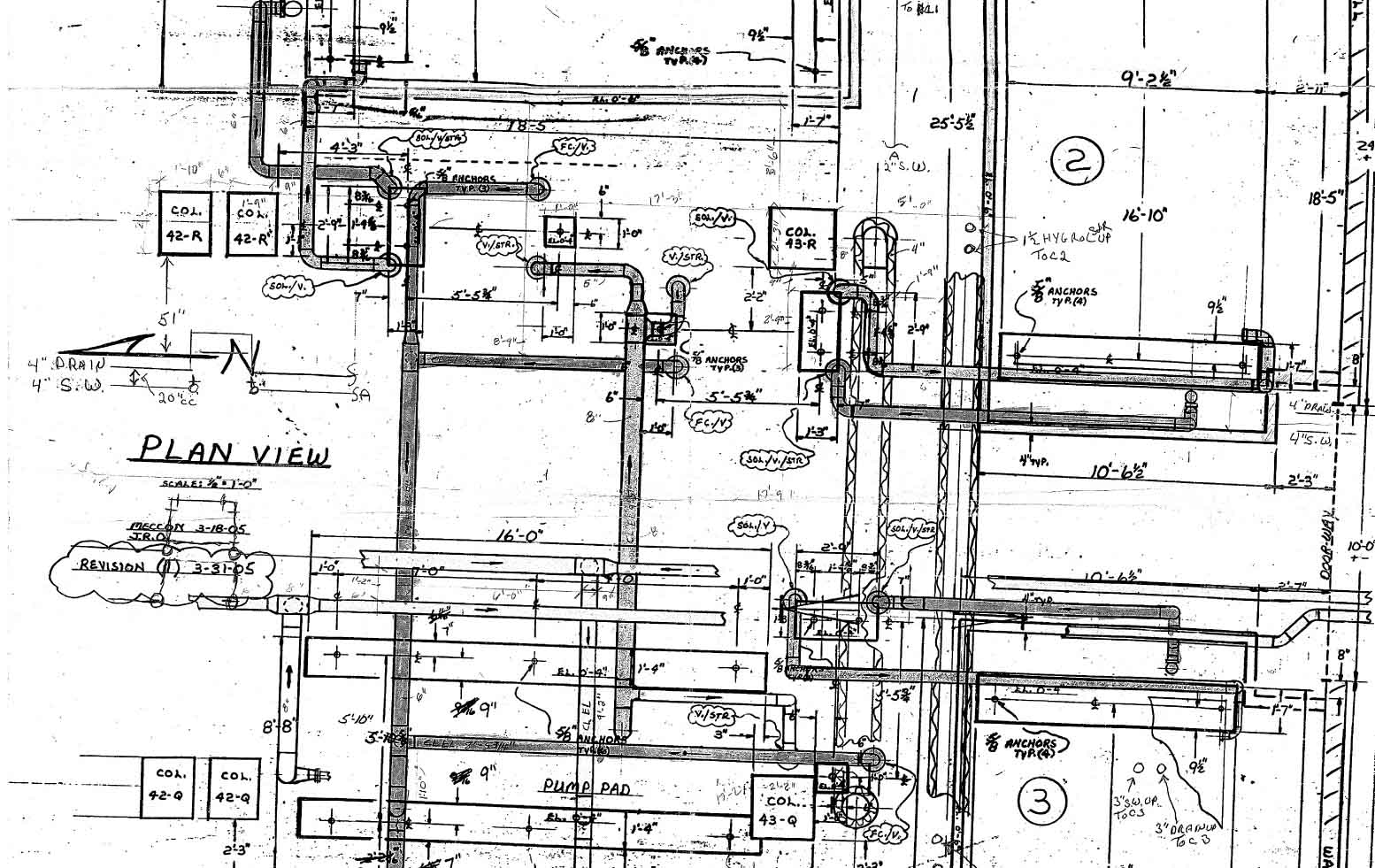
Hissing. Clanging. Banging. Growling. No, we’re not reading off the script of the next Transformers movie.
Want to make sure your radiator is in prime working condition for the coldest months of the year? Curious about when to call in the heating pros? Here are four simple ways to monitor and maintain your radiator units, all year long:
1.) Know What Type of System You Have
While this won’t necessarily get you out of any tight spots, it’s important to recognize what type of radiators you have throughout your home so that you can properly inform a professional about your problems when the time comes.
There are two main types in use in homes and apartments around Red Oak: steam radiators and hot water radiators. In a hot water system, boilers distribute heat by means of small hot water pipes, which warm up in-room units. Hot water enters on one side, and cooled water typically leaves on the other (this isn’t always the case, however, and some hot water radiators may have just one connection). Steam radiators operate by means of warm steam; scalding hot steam enters on one side, and then condenses into water that may exit the radiator on the opposite side, or through the same pipe.
Broadly speaking, the differences between both systems are minor, and have more to do with the boiler in your building than the cast-iron radiators themselves. It’s not uncommon for some older Red Oak buildings to have switched out one type of boiler for another without touching the radiators themselves, so you may have to check out your heater in order to determine which type of system you have in place.
2.) Check the Slope
While it may be frustrating for your couch or kitchen table to be at an angle, it’s absolutely vital that your radiator sits on a slight slope. If your radiator sits flat, rather than sloping gently towards the inlet pipe in your wall or floor, you’re in for some banging and knocking. Quiet your clanging radiator by inserting a small wedge of wood under the feet at the opposite side of the inlet valve; this will ensure smoother operation moving forward, though it may not solve your noise issue entirely.
3.) Check for Blocks in Your Vent
Hot air and steam always need a place to escape, so most radiators come equipped with mesh vents or grates. These vents can easily become blocked by paint, corrosion, or rust, however, which all prevent your radiator from functioning properly. The good news? Replacing your vent is a fairly straightforward DIY job; This Old House has a pretty straightforward beginner’s guide, available here.
4.) Troubleshoot and Keep an Eye on Your Intake Valves
The heat coming to your radiator is controlled by means of intake valves. If you’re noticing a strange noise, first check to make sure that your valves are either opened or closed all the way – noises and problems occur when the system is somewhere in the middle.
It’s also important to keep a close watch on the area around your intake valve, where your cap nuts are liable to leak from time to time, preventing your system from operating at its peak potential. Do It Yourself has a great guide to troubleshooting such leaks, which you can read here.
With all that being said, we understand that it can be intimidating to tackle your radiator yourself. What if you make the problem worse, or accidentally lose heat during one of the coldest days of the year? What if you accidentally injure yourself – or worse?
When it comes to HVAC, don’t be afraid to call in a professional to make sure that the job is done quickly, efficiently, and safely. Have any questions or concerns about your HVAC system or any of the plumbing elements in your home? Combat is here to help! Drop us a line today to see what our family can do for yours.








